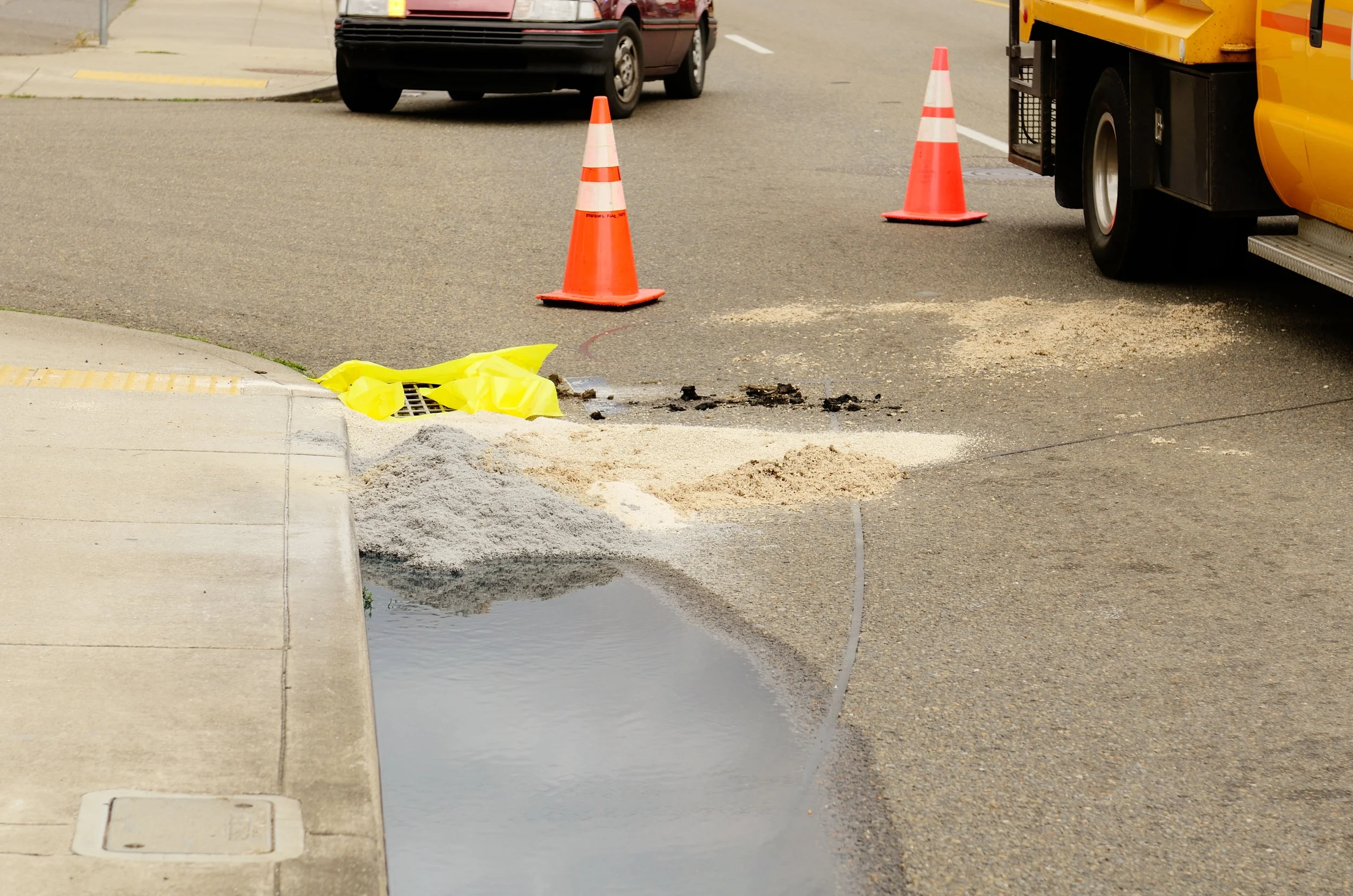
Industry News

Autonomous Mowing – Are you Covered?
Author, Drew Garcia, Vice President, Landscape Group, Rancho Mesa Insurance Services, Inc.
Autonomous mowing is becoming more common in commercial and residential landscape management. As the market begins to adapt and utilize this technology it creates a very unfamiliar and unique exposure for you and your General Liability carrier.
Author, Drew Garcia, Vice President, Landscape Group, Rancho Mesa Insurance Services, Inc.
Autonomous lawn mowing is becoming more common in commercial and residential landscape management. As the market begins to adapt and utilize this technology it creates a very unfamiliar and unique exposure for you and your general liability carrier.
Commercial General Liability Policies should be written specific to your type of operations, including the coverages needed to protect your landscape company in the event of claim. The insurance marketplace has a general understanding of the common exposures that face a landscape contractor; from installation, to maintenance, and chemical application. Policies are written on the basis of annual sales or field payroll. When automated mowing is offered as a service from the contractor, the insurer would need to charge a premium to pick up the exposure. If the policy is written on a payroll basis then a direct premium will not be charged for the automated mowing operations, as there is no payroll associated with the mowers performance. The policy could also be written on a sales basis with clarification of estimated sales between autonomous mowing vs. the remainder of your operations to the insurance underwriter, so the appropriate rate can be charged. In either case, it is very important that the underwriting carrier has a clear understanding of your operations in order to determine the final pricing.
Whenever you have a change in your operations, such as the use of autonomous mowing, it is critical that you notify your insurer so they can properly assess the exposure and acknowledge that coverage would extend in the event of a claim.
Here are a few questions we use to help negotiate with the insurance marketplace when autonomous mowing is a part of the operations:
How quickly will the blades disengage if the unit was picked up while moving?
If the mower was to bump into someone/something will it divert the other way?
What is the set back of the blades from the perimeter of the mower?
How does it maintain its boundaries?
Will it be left on site?
What time of day will it run?
How is it powered?
Who has control of the mower while it is on?
How can the mower be turned off?
Do not let the carrier find out about your autonomous mowing operations at audit, or worse at the time of a claim.
Finally, consider coverage for the machine itself if it were to be stolen, damaged, or totaled. Adding the mower to your Commercial Inland Marine policy will provide coverage for the equipment. The valuation of this coverage would be detailed in the policy. Be sure to communicate where the mowers will be stored while not in use and the security functions installed on the device to protect against theft.
For more information or questions you might have about this topic or landscape insurance in general please contact the Drew Garcia at (619) 937-0200.
Three Reasons to Read Subcontractor Warranty Endorsements
Author, Sam Clayton, Vice President, Construction Group, Rancho Mesa Insurance Services, Inc.
Contractors General Liability Policies provide coverage for bodily injury and property damage for which the Named Insured is legally liable. This legal liability can result from the company’s direct operations or from other subcontractors hired by the Named Insured.
Author, Sam Clayton, Vice President, Construction Group, Rancho Mesa Insurance Services, Inc.
Contractors General Liability Policies provide coverage for bodily injury and property damage for which the named insured is legally liable. This legal liability can result from the company’s direct operations or from other subcontractors hired by the named insured.
Many general liability carriers will include some form of subcontractor warranty endorsement which establishes minimum requirements for subcontractors relative to insurance and other risk management benchmarks. At a minimum, these forms require written indemnification in favor of the named insured, certificates of insurance with additional insured wording, and specific insurance limits required by subcontractors.
These endorsements can vary widely from carrier to carrier; so, contractors may be faced with serious consequences in the event that requirements are not met. Below are three types of penalties policyholders may encounter:
- Coverage is DENIED relative to any loss resulting from the work of the subcontractors.
- Coverage is not altered, but a higher deductible or retained limit applies to any loss resulting from the work of the subcontractor. For example, should you fail to comply with the warranty, the deductible on the policy is amended from $5K to $25K.
- Coverage is not altered, but failure to comply will result in an additional premium charged at the final audit.
It is critical to have a strong contractual written transfer program in place with proper certificates of insurance from your subcontractors, regardless of the contract amount. Lean on your broker to interpret these endorsements and help negotiate the most favorable terms as you head into your renewal. Understanding these nuances can be the difference between a covered loss and an unexpected large capital expense.
For more information about subcontractor warranty endorsements, contact Rancho Mesa Insurance Services, Inc. at (619) 937-0164.
Why All Trade Contractors Must Consider Pollution Liability
Authors Sam Clayton, ARM, CRIS, Vice President, Construction Group and Daniel Frazee, ARM, CRIS, Executive Vice President, Rancho Mesa Insurance Services, Inc.
Contractor’s Pollution Liability (CPL), once viewed as expensive and unnecessary, has now become an integral part of every trade and environmental contractor’s insurance program. The industry is seeing requirements for this coverage from a combination of building owners, developers and general contractors for projects of all sizes.
Authors Sam Clayton, ARM, CRIS, Vice President, Construction Group and Daniel Frazee, ARM, CRIS, Executive Vice President, Rancho Mesa Insurance Services, Inc.
Contractor’s Pollution Liability (CPL), once viewed as expensive and unnecessary, has now become an integral part of every trade and environmental contractor’s insurance program. The industry is seeing requirements for this coverage from a combination of building owners, developers and general contractors for projects of all sizes.
Protecting contractors from pollution exposure by transferring this risk to a CPL policy supports a best practice approach. Contractors' pollution liability insurance provides coverage for third party bodily injury, property damage and pollution clean-up costs as a result of pollution conditions for which the contractor may be responsible. A pollution condition can include the discharge of pollutants brought to the job site, a release of pre-existing pollutants at the site or other pollution conditions due to the performance of the contractor’s or a lower tier subcontractor’s operations. In addition to the potential loss of reputation, often overlooked expenses that can negatively impact a profit & loss statement are the costs incurred to defend a company involved in a pollution claim.
Contractors who choose not to purchase Contractor’s Pollution Liability Insurance generally fall into two categories. Many believe that their operations do not have a pollution exposure. And countless others assume that their Commercial General Liability (CGL) policies offer protection in the event a pollution claim arises. Neither of these assumptions is accurate. Pollution coverage is not commonly found in CGL policies by virtue of the Total Pollution Exclusion. This form excludes pollution coverage for any bodily injury, property damage and/or the clean-up costs. Examples of pollution incidents apply to many different types of trade contractors, in addition to traditional environmental contractors. A handful of those are listed below:
- An HVAC system is installed improperly which, over time, causes moisture and ultimately mold to spread throughout a residential building, causing bodily injury and property damage
- A painting contractor accidentally disposes paint thinner through a public drain causing polluted water to a local community
- Dirt being excavated from one area of a job site to another is contaminated with arsenic and lead. The chemicals are then spread to a larger area which is later found by a soils expert
- Construction equipment on a project site has hydraulic fuel lines cut by vandals, causing fuel to leak out and contaminate the soil
- A contractor punctures an underground storage tank during excavation, causing the product to spill into the soil and groundwater.
- A gas line ruptures during excavation causing a gas leak into a neighboring building that leads to an explosion
The common thread seen above describes how contractors are causing some type of “contamination” on a job site. And, contamination is the operative word in all pollution exclusions. With such a broad definition extending to so many types of construction, beginning your search now for CPL options is just simply good business.
And, with a multitude of insurance companies aggressively pricing CPL policies, securing competitive quotes to compliment your current insurance program can fill significant gaps at more reasonable costs than you think.
Take time to consult with your broker and learn more about how pollution liability impacts your firm.
For more information, contact Sam Clayton at (619) 937-0167 or Daniel Frazee at (619) 937-0172.



